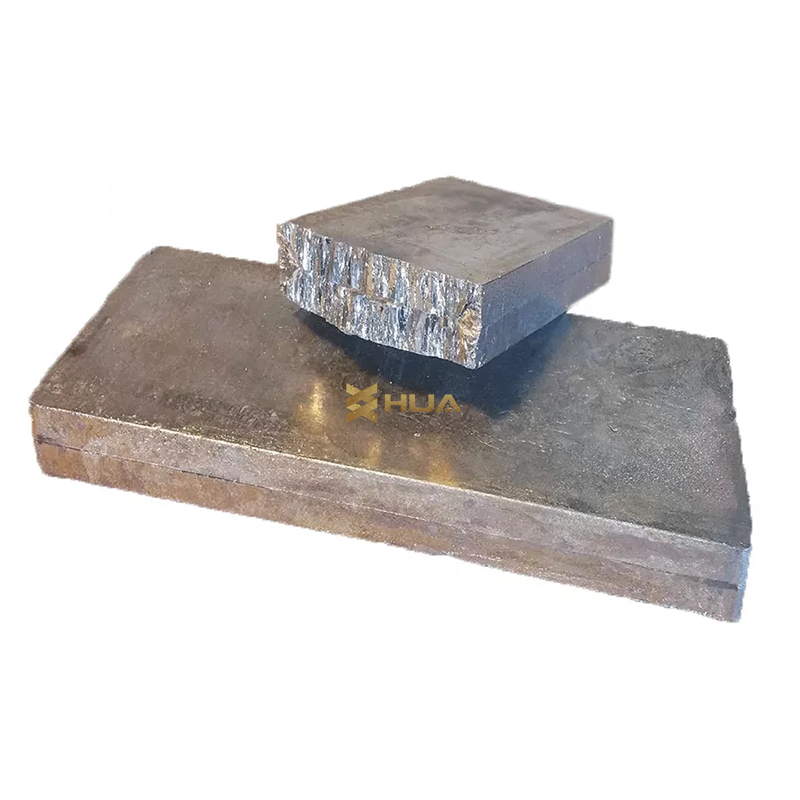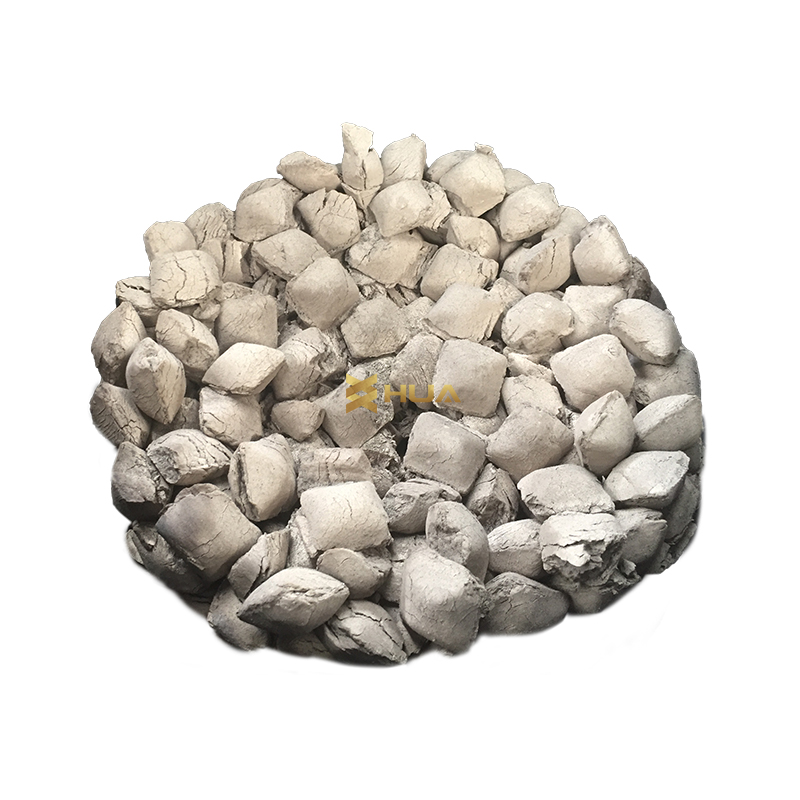
4N 99.99% Bismuth Ingot High Purity Bismuth Ingots
Product Description
Bismuth is a silvery white to light yellow lustrous metal, hard and brittle, easy to crush, with cold expansion and shrinkage characteristics. At room temperature, bismuth does not react with oxygen or water, is stable in the air, and has poor electrical and thermal conductivity. Bismuth is heated to above the melting point and burns, with a light blue flame, producing bismuth trioxide, and red bismuth can also be compounded with sulfur and halogen.
Specification
| Bismuth metal standard composition | ||||||||
| Bi | Cu | Pb | Zn | Fe | Ag | As | Sb | total impurity |
| 99.997 | 0.0003 | 0.0007 | 0.0001 | 0.0005 | 0.0003 | 0.0003 | 0.0003 | 0.003 |
| 99.99 | 0.001 | 0.001 | 0.0005 | 0.001 | 0.004 | 0.0003 | 0.0005 | 0.01 |
| 99.95 | 0.003 | 0.008 | 0.005 | 0.001 | 0.015 | 0.001 | 0.001 | 0.05 |
| 99.8 | 0.005 | 0.02 | 0.005 | 0.005 | 0.025 | 0.005 | 0.005 | 0.2 |
| General Properties | |
| Symbol: | Bi |
| CAS No: | 7440-69-9 |
| Atomic Number: | 83 |
| Atomic Weight: | 208.9804 |
| Density: | 9.747 gm/cc |
| Melting Point: | 271.3 oC |
| Boiling Point: | 1560 oC |
| Thermal Conductivity: | 0.0792 W/cm/oK @ 298.2 oK |
| Electrical Resistivity: | 106.8 microhm-cm @ 0 oC |
| Electronegativity: | 1.9 Paulings |
| Specific Heat: | 0.0296 Cal/g/oK @ 25 oC |
| Heat of Vaporization: | 42.7 K-Cal/gm atom at 1560 oC |
| Heat of Fusion: | 2.505 Cal/gm mole |
Application
1. Semiconductor
Semiconductor device for high purity bismuth and tellurium, selenium, antimony and other combination, pulling the thermocouple for temperature, thermoelectric power generation and refrigeration. For assembling air conditioner and refrigerator. The optical resistance can be obtained by the use of artificial bismuth sulfide to increase the sensitivity of the visible spectral region.
2. Nuclear industry
High purity (99.999%Bi) for heat carrier or coolant for nuclear industry heap, for the protection of nuclear fission device materials
3. Other:
Additive to steel, Fusible alloys, Pharmaceutical industry













